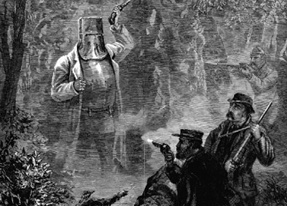Today, the Normandy beach once code-named “Omaha” shows few visible signs of the events of June 6, 1944, when more than 160,000 Allied troops assaulted the heavily fortified, German-occupied coastline. But the sand remembers. University of Texas geologist Earle McBride analyzed samples from the beach using optical and scanning electron microscopes and found shiny, angular grains unlikely to have been produced by any natural process. Further testing revealed the shards to be magnetic grains, we knew instantly what they were.” He and his colleagues also identified iron and glass beads formed by the intense heat of explosions. Up to 4 percent of the sand is made up of this shrapnel,the researchers report, but waves, storms, and rust will probably wipe this microscopic archaeology from the coast in another hundred years.
D-Day in the Sands of Omaha
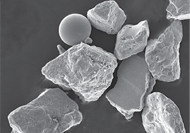
Recommended Articles
Letter from Normandy July/August 2020
The Legacy of the Longest Day
More than 75 years after D-Day, the Allied invasion’s impact on the French landscape is still not fully understood

Digs & Discoveries November/December 2025
The Egyptian Sequence
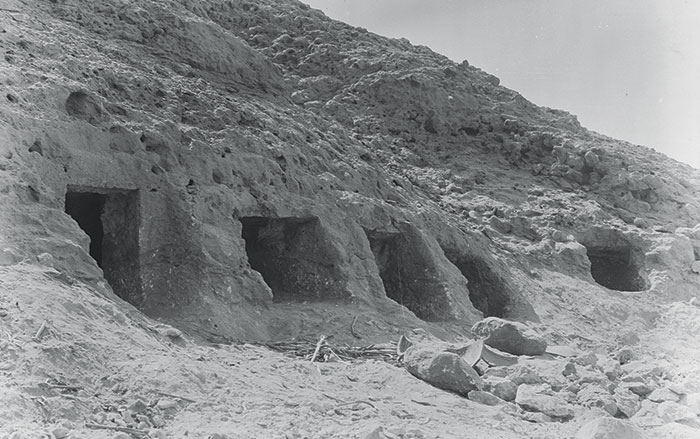
Letter from Poland November/December 2024
Remembering an Unspeakable Crime
Excavations of a mass grave expose evidence of Nazi-era massacres
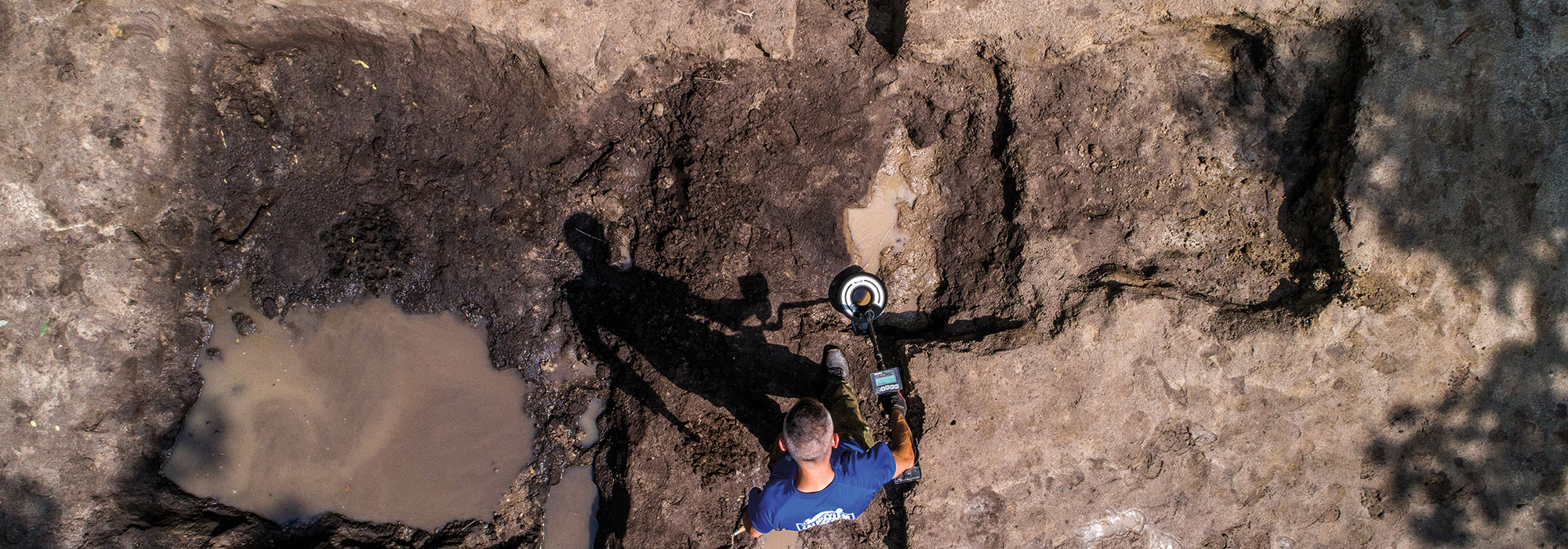
Letter from Alaska July/August 2021
The Cold Winds of War
A little-known World War II campaign in the Aleutian Islands left behind an undisturbed battlefield strewn with weapons and materiel
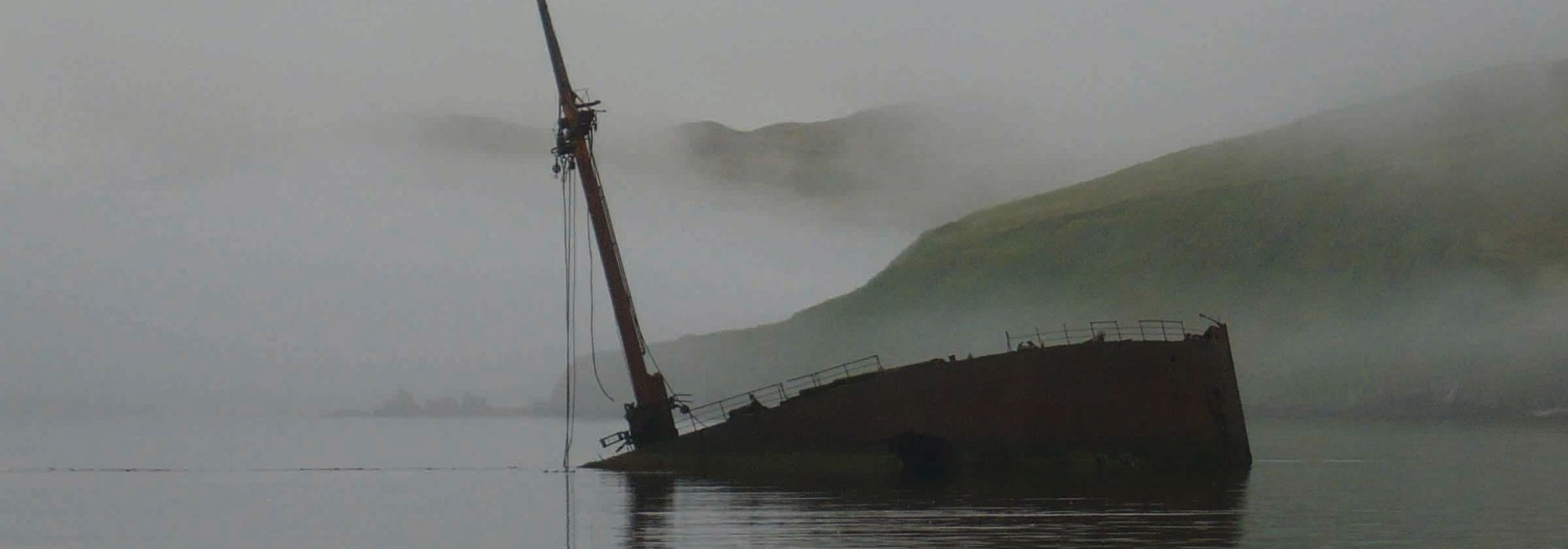
-
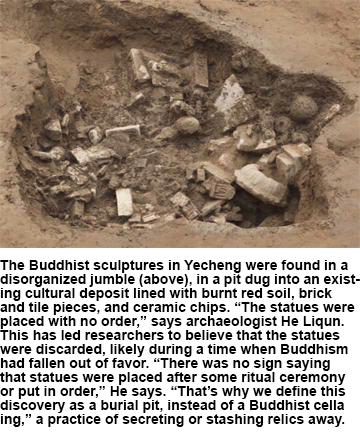
-
Letter from Iceland September/October 2012
Surviving the Little Ice Age
How a flexible economy saved a nation during a period of unpredictable climate
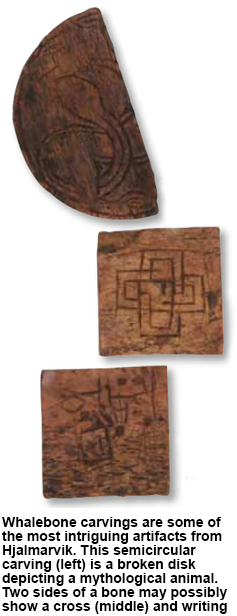
-
Artifacts September/October 2012
Inscribed Clay Tablet
A previously unknown ancient language is discovered on a 2,700-year-old tablet
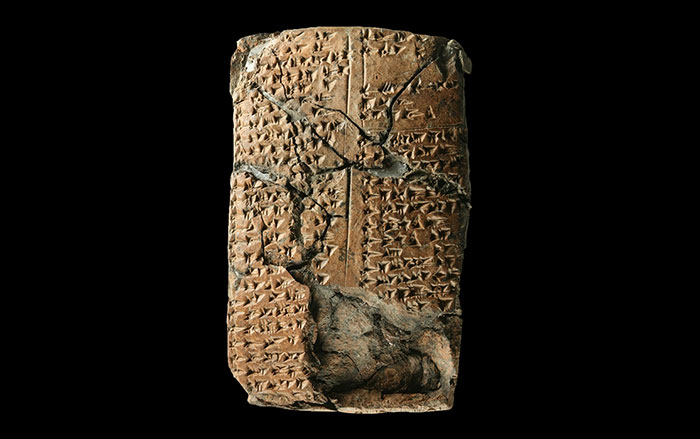 (Courtesy Ziyaret Tepe Archaeological Project)
(Courtesy Ziyaret Tepe Archaeological Project) -
Digs & Discoveries September/October 2012
The Seeds of Inequality
 Courtesy BDA-Neugebauer
Courtesy BDA-Neugebauer


